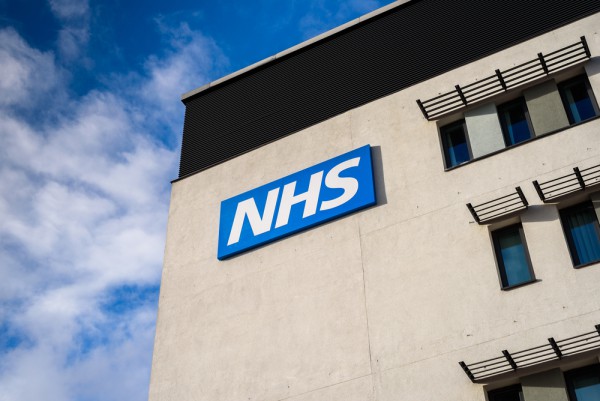Interoperability and basic data are key to future of Smart Hospitals

In June 2021, the UK government announced a plan to transform how data is used across the health and care sectors. The goal is to give patients control of their health data and enable staff to save more lives through improved care and treatment.
One aspect of this strategy is the development of Smart Hospitals, which will use digital interoperability to redesign traditional hospital processes, systems, and infrastructures. The NHS is currently being urged to invest in Smart Hospitals -- both when building new hospitals, and when upgrading existing facilities with smart infrastructure.
Sharing patient records
Central to the vision of a Smart Hospital is enabling patient records to be shared between systems to allow for faster, more specialized treatment. However, healthcare has always struggled with the integration and interoperability of its systems and continues to do so.
For example, if I needed to look at my personal health record, there are parts of this that reside with my GP -- and other parts held by hospitals I might have visited -- but there is no one centralized place where I can see everything. The NHS as a whole has all of my information, but it’s not completely joined up and available to access in one place.
My view is that it’s not possible for a hospital to be Smart unless systems are interoperable. And in order to achieve that interoperability and modernization, we need reliable sources of data. There needs to be an investment in basic or registry data, whether that’s patient records, available appointments, or any kinds of information which should be accurate and accessible. What I mean by this is fundamental data that is common for many purposes such as addresses, date of birth, National Insurance numbers etc. Establishing a common basic data infrastructure for NHS administration, which can be updated in one place, is of huge societal benefit. It means that the public no longer has to re-type the same information every time they use any kind of self-service solution or talk to a healthcare provider, and in turn it makes for a smoother transition for NHS employees to work more efficiently.
Siloed departments lead to silos of data
The ongoing challenge is that often the health service is inward looking, operationally, where hospitals and healthcare facilities are divided up into different departments. This department-led approach often leads to silos of data and doesn’t put the patient at the center. We need to change that.
So, when we say integration, and when we say new systems, everything must be oriented towards what the citizens need. As an example, Netcompany has created a portal in Denmark where citizens can see their health records in their entirety, and all of their interactions with healthcare professionals in a single window. If they can do it, why can’t the UK?
Virtual wards
Related to this question of interoperability is the formation of Integrated Care Systems (ICSs) across the country. ICSs bring together public bodies and healthcare service providers across geographic regions, with the aim of centralizing health and care to better meet the needs of patients. They will come into effect as statutory legal bodies in July 2022.
Having at least minimum ICS-level interoperability where people can move from a GP to a hospital, or from a community hospital to an acute secondary care hospital, will ensure having all of the patient information available across that journey.
It is important to acknowledge, too, the delays to key healthcare services following the pandemic -- the government estimates it could take three to four years to ease the backlog of elective procedures and other routine treatments. So, we need to think of mechanisms by which we can reduce the burden on healthcare. One initiative is virtual wards that allow patients to get the care they need at home, rather than being in hospital.
Virtual wards are already in place in many parts of the country, including Covid virtual wards. In a virtual ward, support can include remote monitoring using apps, technology platforms, wearables and medical devices such as pulse oximeters. Readings are taken and all that patient’s data is fed into a virtual ward in the hospital, where clinicians, doctors and nurses can look at that information and make a judgement as to their continued care.
It’s no longer the case that an at-home patient is 'out of sight out of mind'. Remote Patient Monitoring, Telecare and Virtual wards all have a role to play. At the same time, they can reduce the operational burden on the hospital, and they can use their resources for providing other services to reduce the backlog.
The time is now
If the past couple of years have taught us anything, it’s that we can’t ever be sure what’s around the corner. We don’t know whether we will have another Covid variant in the autumn, or a more impactful flu season as the world opens up to more mixing.
That means this is the moment to start putting these initiatives in place. We see the NHS moving in the right direction. But we could -- and need to -- go faster.
Photo Credit: Marbury/Shutterstock
Prahlad Koti is Senior Partner, Netcompany
